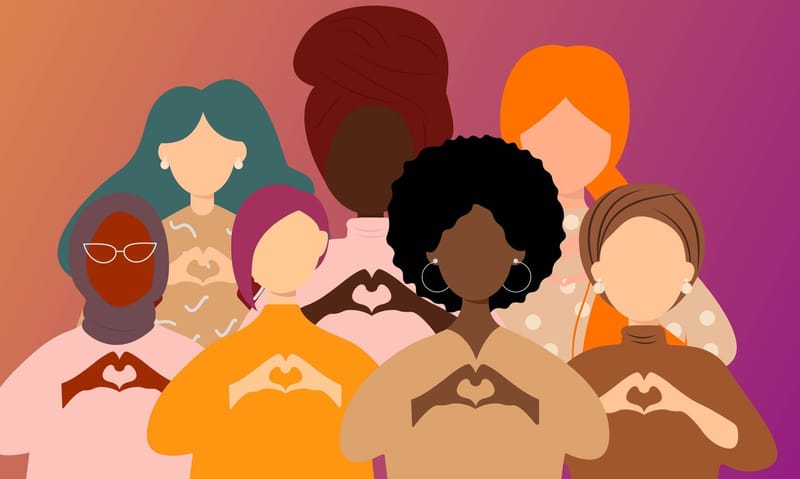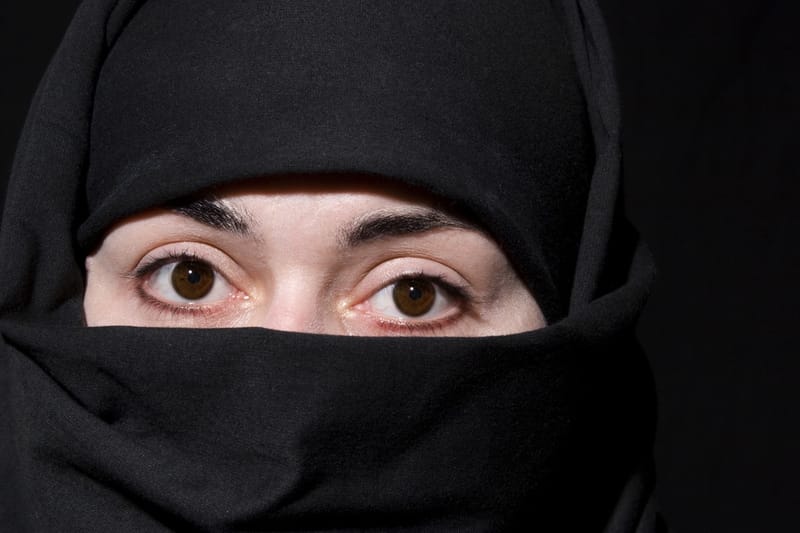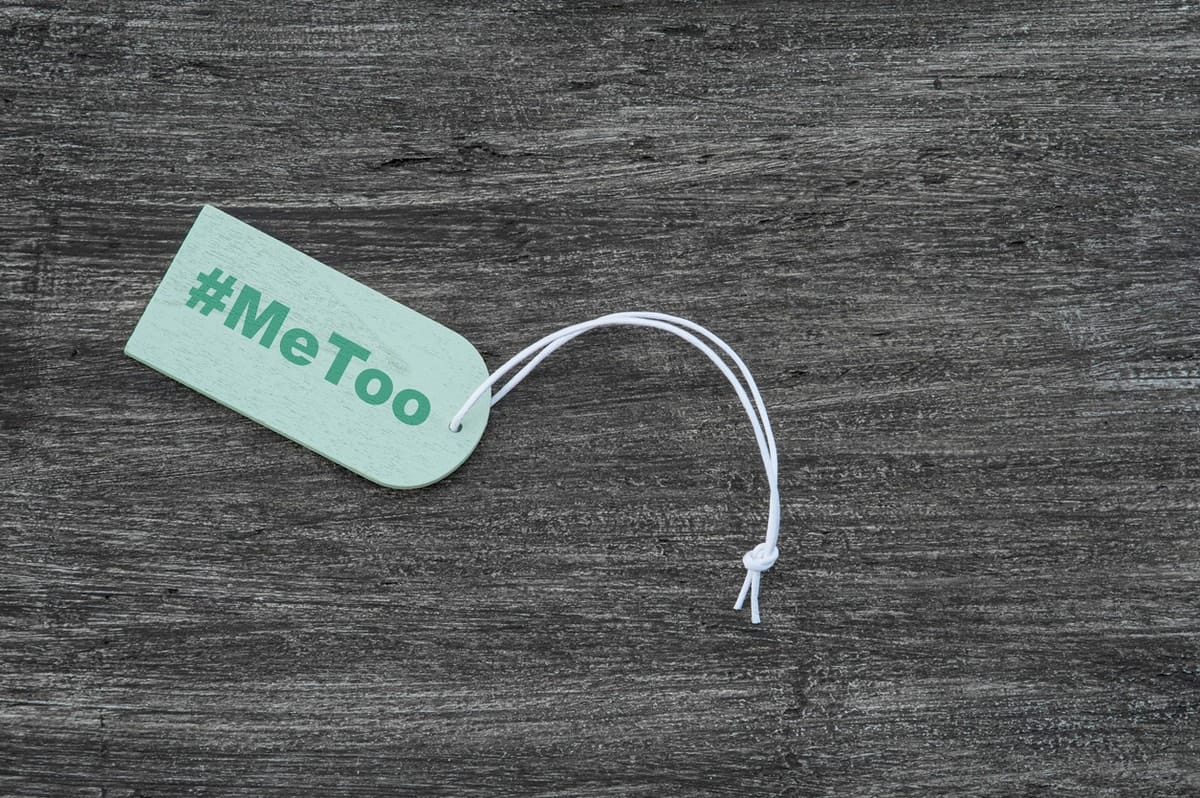
In the aftermath of Hollywood producer Harvey Weinstein’s conviction last week, we need to consider whose voices were heard in the #MeToo movement, and take a closer look at the power dynamics intrinsic to an international digital feminist network that influence who the movement worked for, and who was erased.
In October 2017, millions of people shared public testimonials of sexual abuse and harassment in an expression of global vulnerability using the hashtag #MeToo.
While #MeToo was triggered by Hollywood actress Alyssa Milano, the phrase can be traced back a decade earlier to when African-American activist Tarana Burke said “me too” in a private exchange of solidarity with young black girls who were survivors of sexual assault.
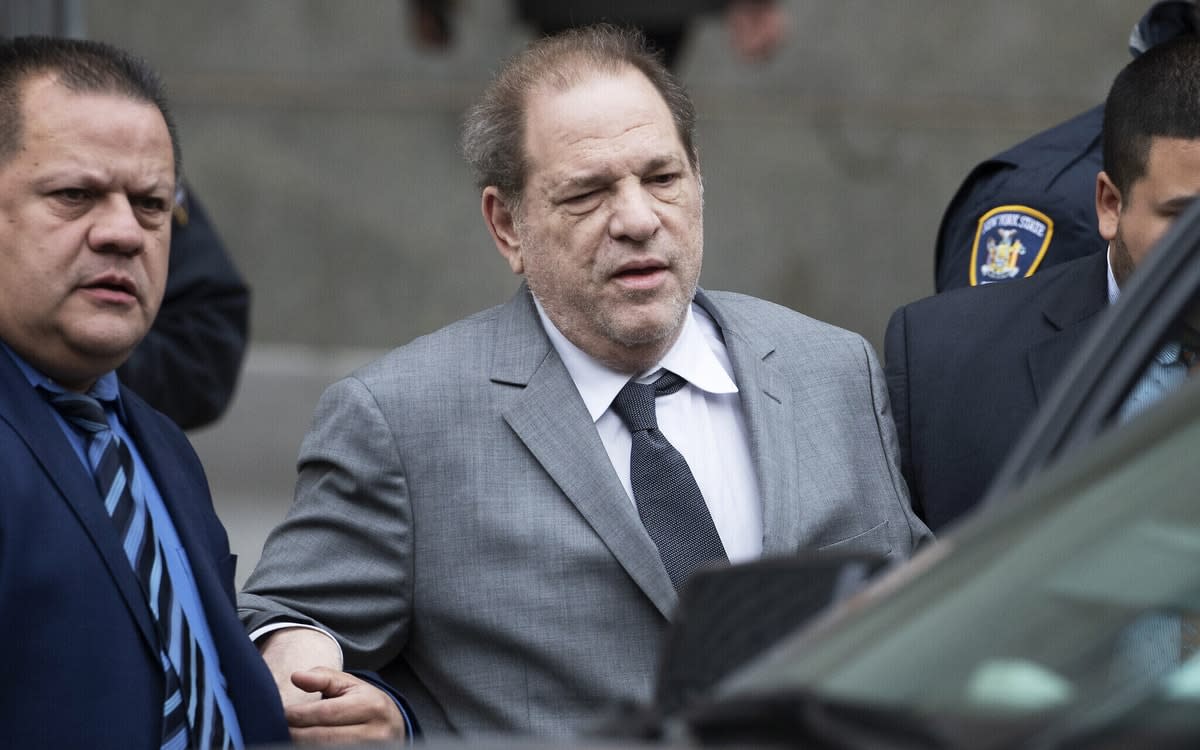
The first three days of the hashtag laid the foundation for how the movement was framed, with the centring of white female celebrities, and the marginalisation of diverse voices.
Present at the beginning of the protest was a range of American female celebrities, including Milano, Rose McGowan, Lady Gaga, author and activist Amy Siskind, and conservative media personality Dana Loesch. These highly networked individuals were crucial in mobilising a large-scale protest and framing the movement.
In addition to high-profile celebrities, the foundation of the digital network on which #MeToo was built was the network associated with the Women’s March.
The first Women’s March was held in early 2017 (just months before #MeToo began), and was one of the largest physical mass mobilisations observed in the United States, consisting of more than two million people protesting the day after President Trump’s inauguration. There were similar protests around the globe, with reports stating there were more than 600 protests across all seven continents.
The Women’s March was criticised by the Black Lives Matter movement for a lack of cross-racial unity in priorities, and the same criticism rings true for what became the #MeToo movement.
In those first three days of the movement, Tarana Burke and Black Lives Matter were on the periphery of the network, with Black Lives Matter activists attempting to raise awareness of Burke and the work she had done to help young black female sexual assault survivors.
However, both Burke and Black Lives Matter had only a very weak connection to the white celebrity centre of the #MeToo network, until Mic Media published an interview with Burke on Facebook on day three of the movement.

Within the #MeToo network there were also some misleading criticisms by users who weaponised the Black Lives Matter hashtag to aggressively criticise #MeToo. Some of these criticisms were from sockpuppet accounts – that is, accounts that present themselves with a false identity deliberately for deceptive purposes. There were several social media accounts that portrayed themselves as black women criticising white women and #MeToo, but over time white men were revealed to be behind the fake accounts.
Men’s rights activists’ attempts to disrupt #MeToo are indicative of a broader assault, and an attempt to delegitimise feminist mobilisations against sexual violence. Previous MRA efforts have demonstrated how they use online feminist communities as sites to test and refine their tactics for disruption before conducting even larger campaigns. This is something we need to be alert to, especially in terms of the role of these sockpuppet accounts to influence public perception in the lead-up to political elections.
Concerns marginalised
In addition to the whitewashing of the movement, there was a default assumption of heterosexuality along with the marginalisation of concerns specifically related to queer and trans experiences of sexual assault. The #MeToo movement struggled to discursively address the concerns and experiences of those at the intersection of vulnerability, homophobia, and subordination.
The majority of the discussions that arose within the #MeToo public documents a persistent mapping of sexual violence onto the patriarchal domination of women, overlooking the additional systemic structures that affect queer and trans folk. This is concerning, especially because these communities experience higher rates of sexual violence.
While the #MeToo movement punctured global discourses, it continued to operate within the logics of neoliberalism – discursively constructing the accused as individual “bad men” rather than part of a broader systemic problem. Further, for many individuals, the act of posting a public testimonial returned little engagement (let alone legal justice) other than the personal sense of being part of an act of global solidarity.
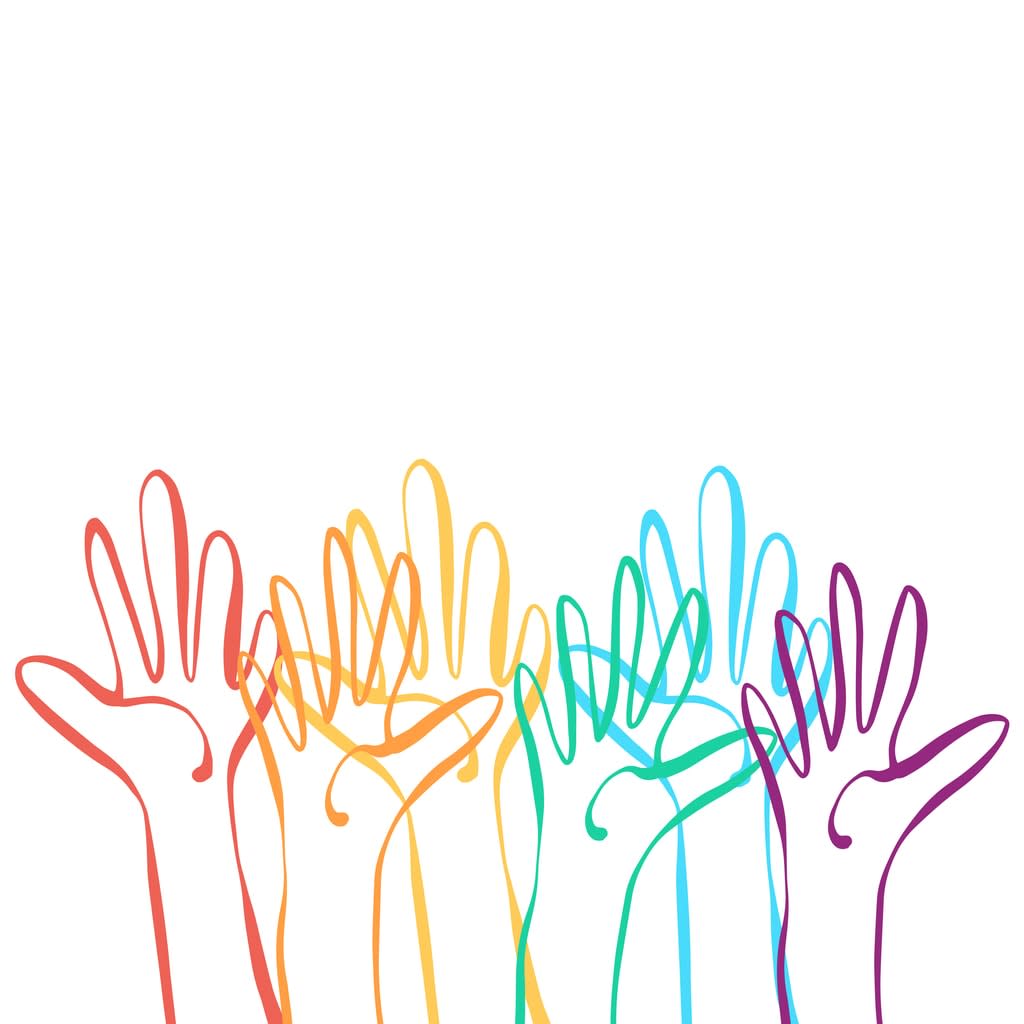
Considering the emotional, psychological and sometimes physical harm some individuals documented experiencing as a result of their participation, there are costs to speaking out that not every survivor has the resources or support to endure.
Not everyone has been empowered
We need to be mindful that while the #MeToo movement has experienced some success with the conviction of a high-profile figure resulting from the efforts of a large collective of celebrity white American women energised by a global movement of solidarity, the movement and the digital network has not empowered marginalised voices equitably.
On a positive note, what we can do is share and support the voices and experiences of the marginalised who are prepared to speak out, and work towards decentralising the privileged elitist network that dominates the digitally-enabled public actions.



